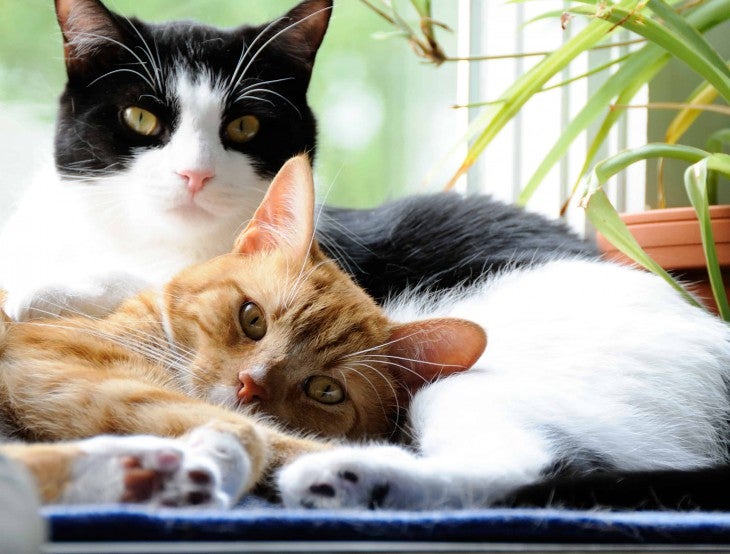Is your cat experiencing any one or more of following symptoms: unable to urinate or urinating in small amounts, cloudy or blood urine, dribbling urine, increased trips to the litter box to urinate, constant licking of its urinary opening, a strong odor of ammonia in its urine? If yes, your four-legged friend might be suffering from Feline Lower Urinary Tract Disease (FLUTD).
What is Feline Lower Urinary Tract Disease? Feline Lower Urinary Tract Disease is a collection of symptoms that could have more than one possible cause. Typically, it is a blockage of the urethra (the tube that connects your cat’s bladder to the outside of its body). This blockage can prevent your pet from emptying completely or in extreme cases cause fatal blockage of the urethra.
What Causes Lower Urinary Tract Disease in Cats? There are a variety of causes for lower urinary tract problems. Most common causes are the accumulation of stones or debris in the bladder or urethra, an infection or inflammation of the bladder, stress, or even problems associated with the spinal cord.
Is there a Specific Age in which My Cat can Get FLUTD? If your cat is more than four-years old, there is a good chance it might develop FLUTD. However, this disease is rare in younger cats.
Are Male or Female Cats More Prone to FLUTD? Both genders can be affected by FLUTD. However because they have a narrower urethra, male cats are usually more prone to developing a lower urinary tract disease.
I Think My Cat Has FLUTD. What Should I Do? Contact your veterinarian immediately. Especially if your cats is having difficulty urinating or is crying every time it urinates. This could be a medical emergency.
How Will My Vet know for Certain if My Cat has FLUTD? In addition to a complete physical, your veterinarian will most likely order a series of diagnostic tests such as urinalysis, urine culture, blood work, radiologic or ultrasound testing.
What Types of Treatment(s) will My Cat have to Undergo? Only your veterinarian will be able to tell you exactly which treatment will work best for your pet after a thorough diagnosis. Typically, a veterinarian might recommend the following types of treatments: changes to your cat’s diet to special food in order to provide a proper balance of total nutrients while meeting your cat’s the special dietary needs, Medication, fluid therapy, supplements, and in some cases a urinary catheter or surgery to remove the blockage.
My Cat has FLUTD and Now My House has a Strong Urine Odor. What can I do? A cat with FLUTD may have a tendency to shy away from using the litter box. Also, a lower urinary tract disease can cause your cat to dribble throughout the house. Therefore, you might wind up with a strong urine smell throughout your home. If this is the case, there are several remedies that can help eliminate the odor caused by urine.





